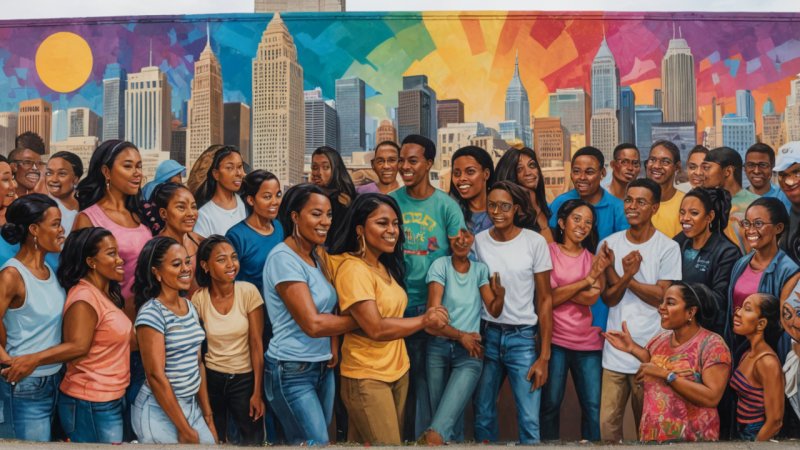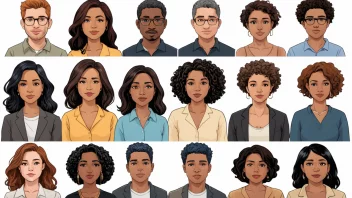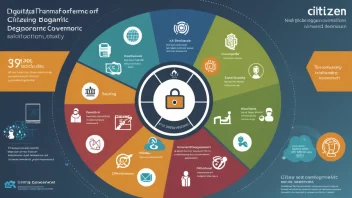Introduction
Art has long been a powerful vehicle for social change, capable of raising awareness, challenging norms, and inspiring action. In this article, you will learn how to effectively use art as a tool for social change in your community. We will explore various methods and strategies that can help you harness the transformative power of art to address social issues.
Step 1: Identify a Social Issue
The first step in using art for social change is to identify a social issue that resonates with you and your community. This could be anything from climate change, racial inequality, poverty, mental health awareness, or education reform. Consider the following questions:
- What issues are prevalent in my community?
- Which issues am I passionate about?
- How can art help bring attention to this issue?
Step 2: Research and Understand the Issue
Once you’ve identified a social issue, it’s crucial to conduct thorough research to understand its complexities. This will help you create informed and impactful art. Consider the following resources:
- Books and articles on the topic
- Documentaries and films that explore the issue
- Interviews with experts or community members affected by the issue
Step 3: Choose Your Medium
Art comes in many forms, and choosing the right medium is essential for effectively conveying your message. Consider the following options:
- Visual Arts: Painting, sculpture, photography
- Performing Arts: Theater, dance, music
- Literature: Poetry, essays, storytelling
- Digital Media: Video, social media campaigns, graphic design
Think about which medium best aligns with your message and the audience you want to reach.
Step 4: Create Your Art
Now it’s time to create! Use your research and chosen medium to craft your artwork. Keep the following tips in mind:
- Stay Authentic: Ensure your art reflects your genuine feelings and perspectives on the issue.
- Engage Your Audience: Consider how your audience will interact with your art. Will it provoke thought, inspire action, or encourage dialogue?
- Collaborate: Work with other artists or community members to enrich your project and broaden your impact.
Step 5: Share Your Art
Once your artwork is complete, it’s time to share it with the world. Here are some effective ways to showcase your art:
- Exhibitions: Organize a gallery show or participate in local art fairs.
- Social Media: Use platforms like Instagram, Facebook, and Twitter to reach a wider audience.
- Community Events: Host workshops, performances, or discussions in your community to spark conversations around the issue.
Step 6: Encourage Dialogue and Action
Art can be a catalyst for change, but it’s essential to encourage dialogue and action among your audience. Consider the following strategies:
- Facilitate Discussions: Organize panels or Q&A sessions to discuss the issues your art addresses.
- Provide Resources: Share information on how individuals can get involved or support the cause.
- Inspire Action: Create calls to action within your artwork, encouraging viewers to participate in advocacy or community service.
Step 7: Reflect and Adapt
After sharing your art and engaging with your audience, take time to reflect on the impact of your work. Ask yourself:
- What feedback did I receive?
- Did my art inspire action or dialogue?
- How can I improve my approach for future projects?
Use this feedback to adapt your methods and continue your journey as an artist for social change.
Conclusion
Using art as a tool for social change is a powerful way to address pressing issues in our communities. By following these steps—identifying a social issue, researching, choosing a medium, creating art, sharing it, encouraging dialogue, and reflecting—you can make a meaningful impact through your creativity. Remember, every piece of art has the potential to inspire change, so don’t hesitate to use your voice and talents for the greater good.






